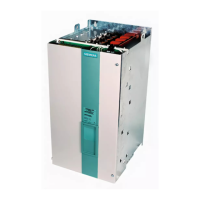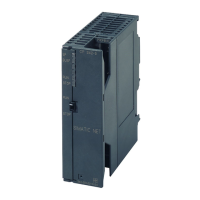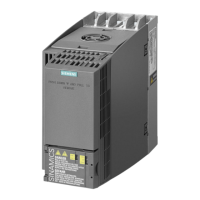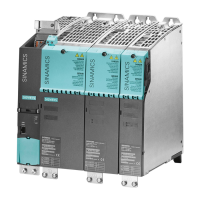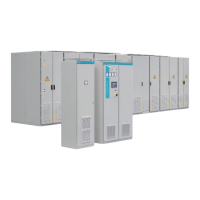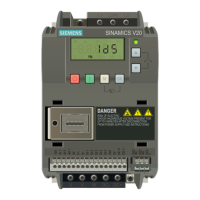09.2008 Functions
Siemens AG 6SE7087-6QX70 (Version AK)
SIMOVERT MASTERDRIVES Compendium Motion Control 7-55
7.3.3 Tr adaptation function (function diagram 394)
The Tr adaptation function serves to improve torque accuracy in the
case of induction machine control. The rotor time constant (Tr) has a
substantial effect on determining the slip frequency, and hence on the
calculated field angle.
Because it includes the rotor resistance, the rotor time constant
depends strongly on temperature and can therefore vary by up to 50 %.
Such variations lead to wrong orientation of the dq system and hence to
an error in the injected torque variable.
Temperature tracking for the rotor time constant is based on a voltage
model that has to operate with the most precise possible motor
parameters. Before the Tr adaptation is used, motor identification
(P115 = 2) must be performed to define the values P111.1 to 10, P121,
P122, P123. The motor should be at room temperature during
identification. In the case of a non-Siemens induction machine (P095 =
4), automatic parameterization (P115 = 1) is necessary before motor
identification starts.
Tr adaptation is turned on by setting P092 to a value greater than 0 %.
Because of the underlying principle, the voltage model returns sensible
results only at rotor frequencies greater than 3 Hz and at load currents
greater than 0.15 x motor rated current. If these conditions are not
satisfied, Tr adaptation is turned off internally and the last-calculated
value is frozen. Visualization parameter r093 indicates the actual rotor
time constant value effective in the flux model referred to P124.
Initial start-up of the
Tr adaptation

